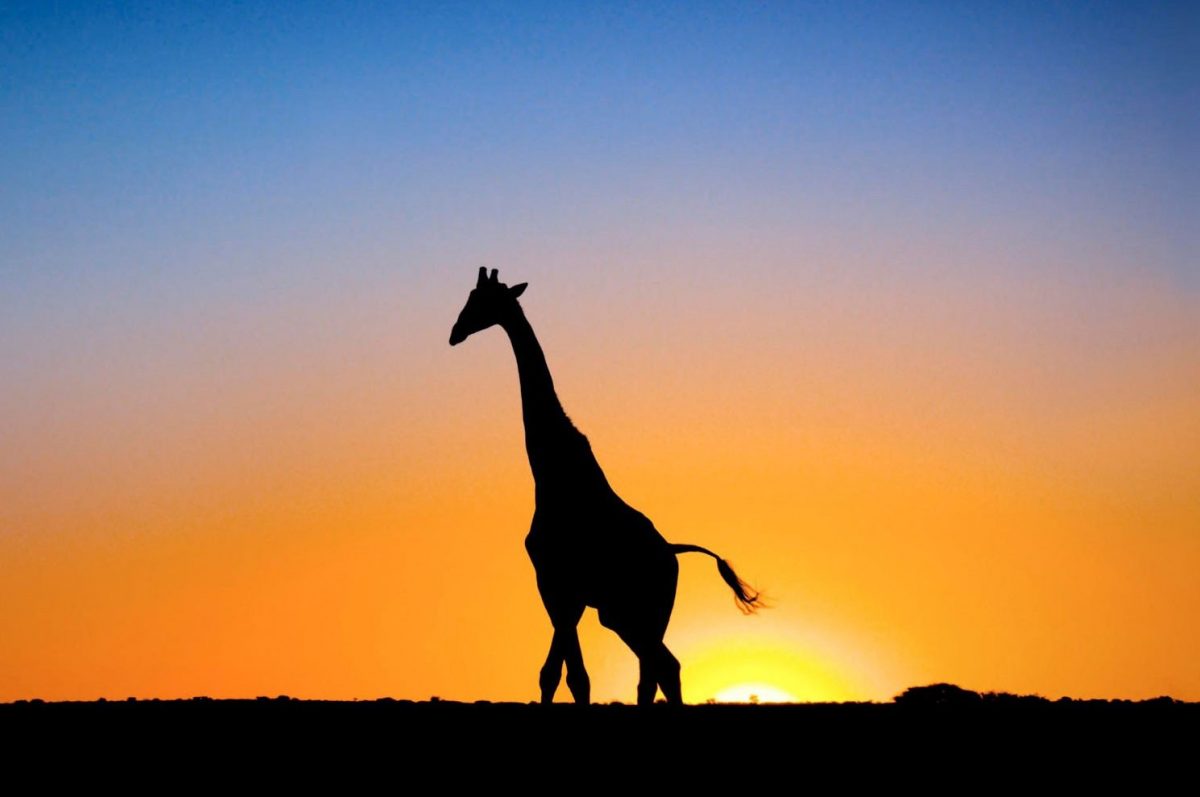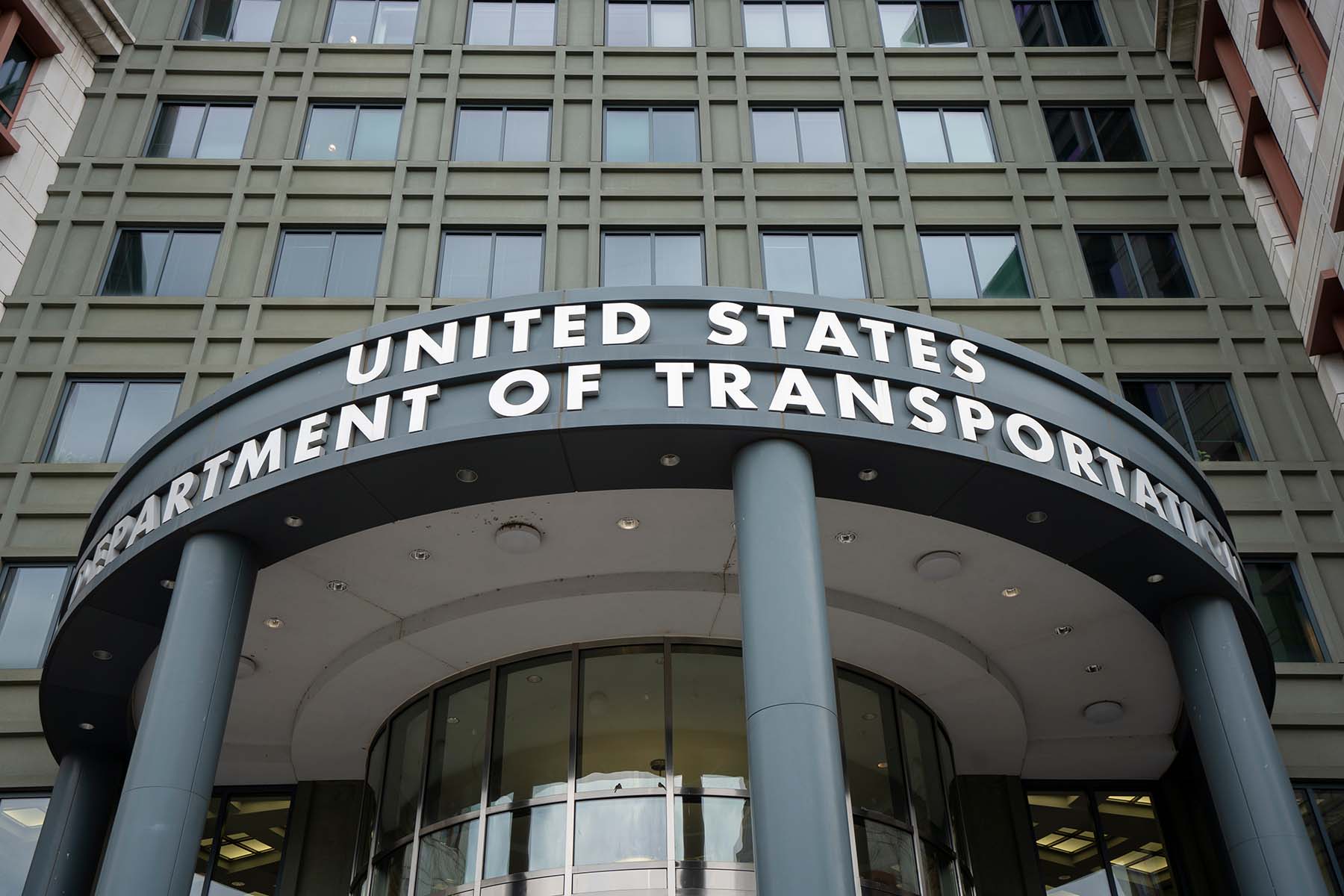Giraffes in Peril Show Fragile Business of Africa Wildlife Tourism

Skift Take
When you think of giraffes, you think of their beautiful patterns, long necks, and mesmerizing eyes.
They also are rarely involved in dramatic ventures or have any conflicts with human beings and that’s why most conservationists rarely talk, or think, of them as endangered.
But the recent grim picture painted by the latest statistics and research is startling. For instance, according to the latest Giraffe Conservation Foundation research, the Nubian and Kordofan subspecies of giraffes have recently been upgraded to a critically endangered status by the International Union for the Conservation of Nature (UCN)’s Red List of threatened species with about 4,650 remaining.
Imperiled giraffes have the potential to impact the big business of wildlife tourism, particularly since the quiet and powerful animals are often the largest draw, especially in destinations like Kenya. Indeed, wildlife tourism makes up 36.3 percent of the continent’s travel and tourism economy. It directly contributes $29.3 billion to the African economy and employs 3.6 million people, according to World Travel and Tourism Council.
Northern Kenya is home to more than 95 percent of the Africa’s reticulated giraffe with 15,785 out of 15,985 reticulated giraffe found in the wild. Southern giraffe are the most abundant giraffe species in Africa, with about 49,867 giraffes, of which 29,675 are South African giraffe and 20,192 are Angolan giraffes. In total, there are about 117,180 giraffes remaining in the wild, and more than 50 percent of the giraffes are found in East Africa.
Their decline is as a result of a number of threats, most notably habitat loss, land fragmentation, climate change, poaching, snaring, civil unrest, and to some extent, there is the potential threat of understudied giraffe diseases.
“The latest threat is the hunt for their bush meat as a result of loss of tourism jobs during the pandemic. The poachers kill a giraffe and debone it so that there aren’t any traces that they just killed a giraffe. However, our scientists have a specialized system of conducting a DNA analysis to establish that the meat is of a giraffe. Once this is established, we arrest and convict the offenders and give hefty penalty,” said Dr. Patrick Omondi, director of wildlife research for Kenya Wildlife Service.
The other greatest threat is land conversion for agriculture and urbanization, which has resulted in the shrinking of the Maasai giraffe’s once-expansive range across central and southern Kenya and northern Tanzania.
“Giraffes need an expansive space to range with around 35 to 60 kilos of food but pastoralists, livestock farmers are now turning these rangelands into urban areas being fenced and this is reducing the availability of habitat to the giraffes. They also construct new high voltage lines too are a threat as giraffes dying through electrocution. They can no longer move freely and this minimizes their numbers,” said Emmanuel Ngumbi, the conservation programmes manager at the Giraffe Centre.

Kenya actually has great opportunities to market giraffes and play a role in their conservation since it’s the only country that has three different types of giraffe occurring naturally. Some institutions already market experiences around spending time with giraffes, such as the Giraffe Centre, the Giraffe Manor, Haller Park, and other sanctuaries and conservancies. In these very popular places, giraffes are the main attraction.
For instance, at the Giraffe Centre in Nairobi, the revenue received from tourists who are curious to watch as well as learn about giraffes, is used in the conservation and research of the Rothschild giraffe. Around the 1970s, the Rothschild giraffes made the western side of Kenya their habitat but were in conflict with the human population due to the fact that they destroyed the crops. This resulted in their decline as most farmers killed them to save their food. By the time they were rescued in 1979 and translocated to this sanctuary, there were had about 130 members of the subspecies.
Some were translocated to Baringo and Soysambu by the Northern Rangelands Trust in partnership with the local community (Ruko wildlife conservancy) where they have attracted a large number of tourists to catch a glimpse of the giraffes in an island. However, here, the rise of Lake Baringo from climate change poses a threat to their existence and to tourism.
“While on the island they face food shortage and lack of enough space due to the rising level of the lake. When the tourism business was good, the giraffes assisted in having many find employment as well as bring peace between the communities. It’s a little bit of a challenge now with low tourists turnout and the distance to the mainland area where the giraffes are,” noted Dixon Ole Matano, a naturalist and a resident of Baringo in Kenya.
The Kenyan government too, translocated some to the Ruma national park, a park in the western side of Kenya, as they desired to expand new areas of tourism.
“The introduction of the rhinos into the park as well resulted in the creation of a rhino unit who offer 24 hour surveillance to the rhinos. This has been beneficial it has assisted in giraffe conservation. The only danger here is the effect of a population expansion of giraffes in this area. When giraffes are stressed they debark trees and if they kill trees that is their food then they will die and endanger their future survival,” said Giraffe Centre's Ngumbi.
Skift’s in-depth reporting on climate issues is made possible through the financial support of Intrepid Travel. This backing allows Skift to bring you high-quality journalism on one of the most important topics facing our planet today. Intrepid is not involved in any decisions made by Skift’s editorial team.




